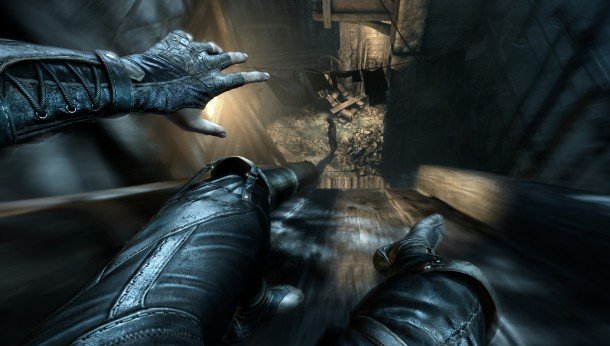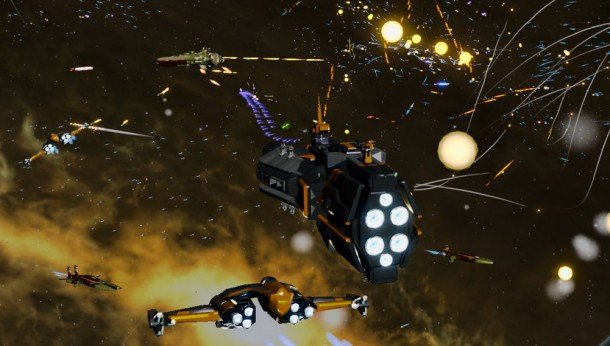Thief's Mantle update incoming on March 18th

So far, the only real world example of AMD's new graphics API, Mantle, is some less-than-convincing performance in Battlefield 4. Now though, AMD have teamed up with Eidos and are set to release a new update to the latest Thief game, wrestling it away from the Microsoft clutches of DirectX and giving it some Mantle lovin'.
For the uninitiated Mantle is a rival graphics layer AMD have created to replace DirectX on their Graphics Core Next graphics cards. Its promise is of giving developers much closer access to the hardware they're coding for, and reducing the processor overheads that have recently become synonymous with Microsoft's API.
Unfortunately, while the Battlefield 4 update did offer some boosts, it did so at the cost of smooth performance. It raised the average frame rate on AMD cards, but slashed the minimum frame rate, leading to choppy war-based gaming.
While BF4 is the only real-world example of what Mantle can do so far, Oxide Games Nitrous Engine, shown via the Star Swarm demo, is a great indicator of what a game engine can do when it's been created with Mantle in mind from the get-go.

Mantle performance in Star Swarm is far in advance of what the DirectX 11 version can do at the same system settings.
Fingers-crossed the new update to Thief leans more towards Star Swarm than Battlefield 4, and we start to see some serious improvements to Eidos' game running on middle-order hardware.
Alongside the March 18th release of the Mantle update for Thief, AMD and Eidos are also releasing the first TrueAudio update for any game in the market. TrueAudio utilises the compute power in the graphics card to offload intensive audio effects from the CPU, which should give richer sounds to games.
Keep up to date with the most important stories and the best deals, as picked by the PC Gamer team.
In addition to making the game run quicker on AMD graphics cards with Mantle, it should also sound more realistic on them too. We'll see if this really is a game-changer tomorrow.

Dave has been gaming since the days of Zaxxon and Lady Bug on the Colecovision, and code books for the Commodore Vic 20 (Death Race 2000!). He built his first gaming PC at the tender age of 16, and finally finished bug-fixing the Cyrix-based system around a year later. When he dropped it out of the window. He first started writing for Official PlayStation Magazine and Xbox World many decades ago, then moved onto PC Format full-time, then PC Gamer, TechRadar, and T3 among others. Now he's back, writing about the nightmarish graphics card market, CPUs with more cores than sense, gaming laptops hotter than the sun, and SSDs more capacious than a Cybertruck.

